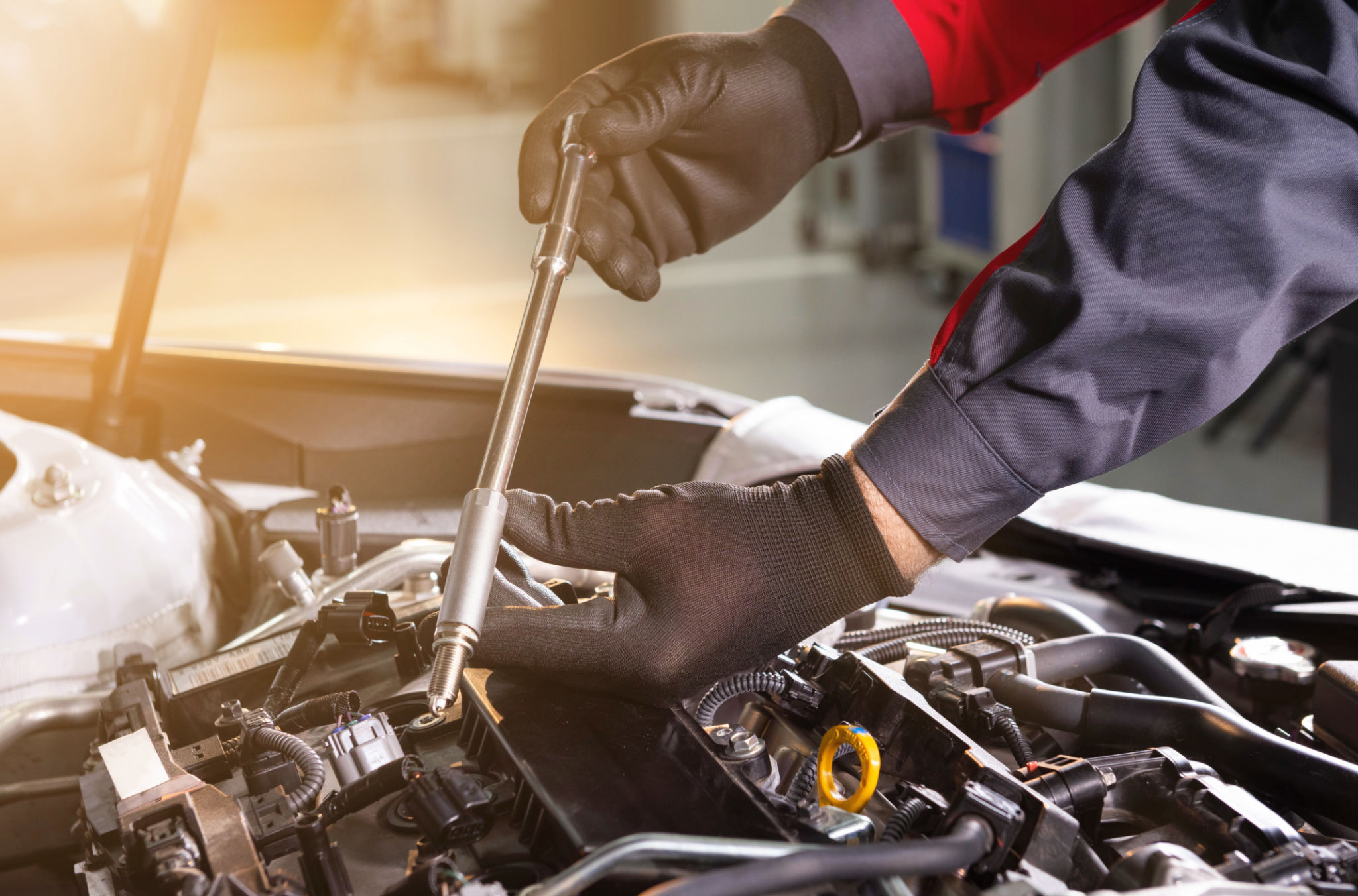How to Fix Common Car Problems at Home: A DIY Guide
Understanding the Basics
Working on your car at home can be a rewarding and cost-effective way to maintain your vehicle. Not only does it save money, but it also gives you a deeper understanding of how your car functions. Before you start, ensure you have the necessary tools and a basic understanding of car systems. Safety should always be your top priority.

Checking and Replacing Engine Oil
One of the simplest yet most crucial tasks is checking and replacing your engine oil. Regular oil changes ensure that your engine runs smoothly and efficiently. To check the oil, locate the dipstick, remove it, and wipe it clean. Reinsert it fully, then remove it again to check the oil level. If the oil is below the recommended level or appears dirty, it's time for a change.
To replace the oil, follow these steps:
- Drain the old oil by removing the oil pan plug.
- Replace the old oil filter with a new one.
- Add new oil using a funnel, ensuring you use the type recommended by your vehicle’s manufacturer.
Fixing a Flat Tire
A flat tire can happen to anyone, but fixing it yourself is easier than you might think. First, ensure your car is parked on a flat surface and set the parking brake. Use a jack to lift the car off the ground and remove the lug nuts with a wrench. Replace the flat tire with a spare, tightening the lug nuts in a crisscross pattern for even pressure.

Replacing Brake Pads
Worn brake pads can severely affect your car's stopping power and should be replaced as soon as they're worn down. Start by safely lifting your car and removing the wheel. Locate the brake caliper and remove its bolts to access the brake pads. Replace the old pads with new ones and reassemble everything carefully. Always test your brakes in a safe area before heading out on the road.
Addressing Battery Issues
If your car struggles to start, you might have a battery issue. First, check for any corrosion on the battery terminals. Clean them with a mixture of baking soda and water if necessary. If the battery is dead, you may need to jump-start it or replace it entirely. Make sure to follow proper safety procedures when handling car batteries.

Dealing with Overheating
An overheating engine can cause significant damage if not addressed promptly. If you notice your temperature gauge rising, stop in a safe area and turn off the engine. Allow it to cool before checking the coolant level. If low, add more coolant or water as needed, but ensure the engine has cooled down completely to avoid burns.
Maintaining Your Vehicle's Longevity
Regular maintenance extends the life of your vehicle and ensures safety on the road. In addition to these DIY fixes, consider creating a maintenance schedule that includes checking fluid levels, inspecting belts and hoses, and keeping tires properly inflated.
By handling these common car problems at home, you not only save money but also gain invaluable skills that can come in handy in emergencies. Remember, when in doubt, consult your vehicle's manual or seek professional help for more complex issues.